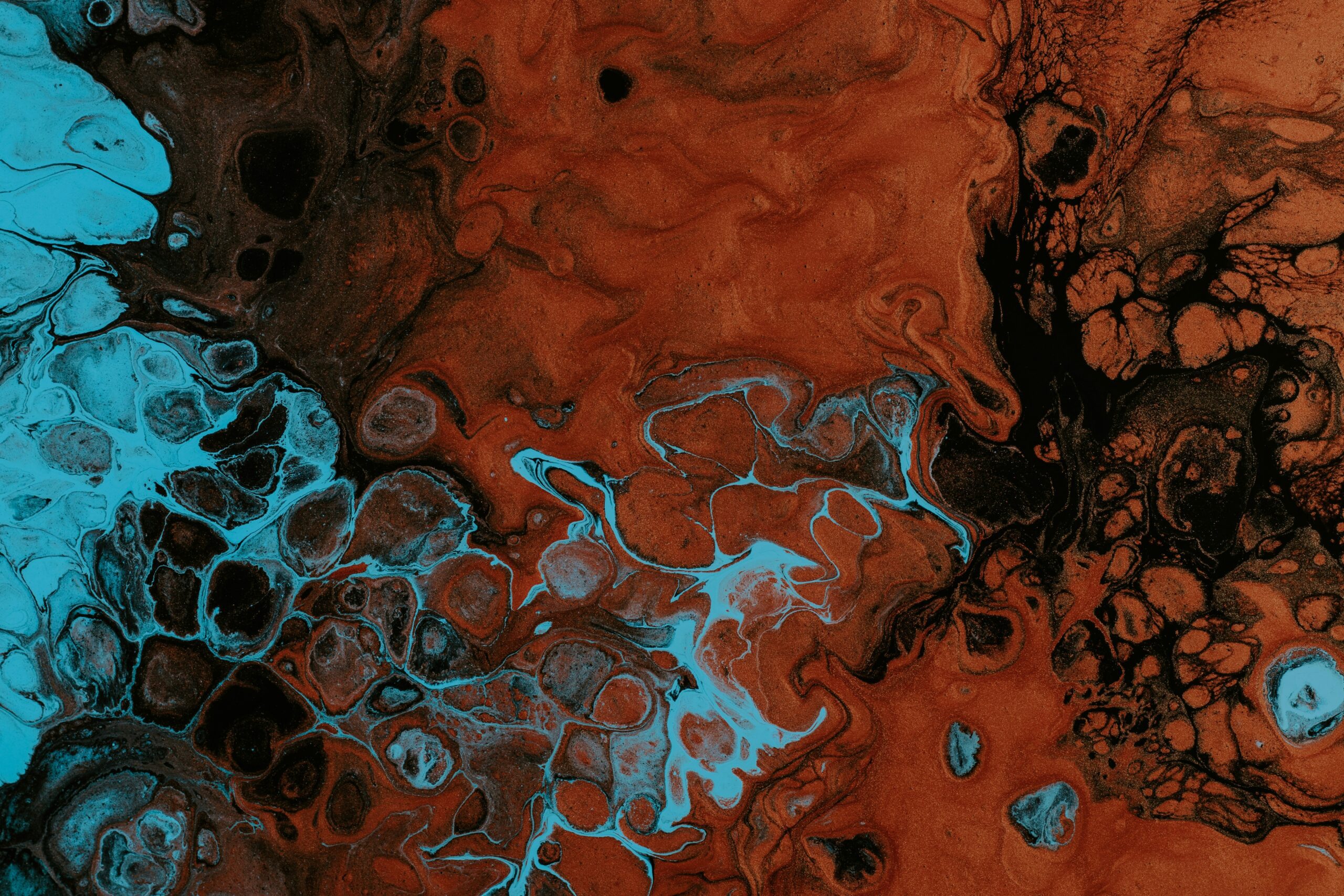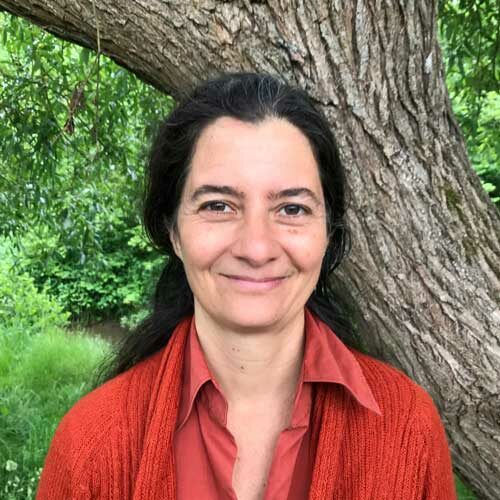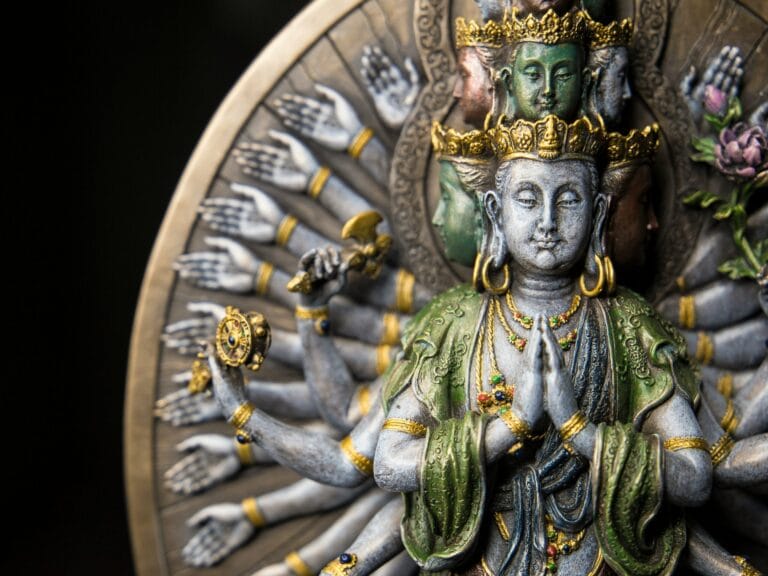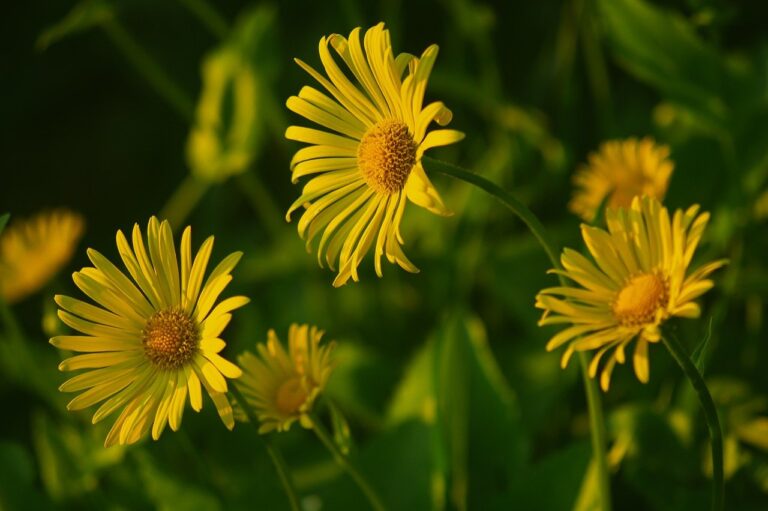I recently had the opportunity to spend a month on retreat at Gaia House, immersed in the refuge of silent Dharma practice. During this time, I allowed a question that I believe many others share to resonate within me: “How can the Dharma help us confront the challenges of our time?”
How can we approach the pain of species extinction, the ongoing human-made hell in Gaza, inequality, racism, misogyny and so much more with wisdom, spaciousness, and compassion? The list of challenges we face is extensive — how can we practice in ways that resource us, as well as facilitate skilful response?
The following reflections are the fruit of ongoing contemplation. I humbly offer them in the hope that they may benefit all sentient beings.
One approach I have found helpful for engaging with suffering is a dynamic I call Dharma as Refuge, Cultivation, and Action. It is a dynamic process because the three parts are interwoven. Yet each one points to a gateway for practicing with our experience and attending to it through a different emphasis.
Refuge
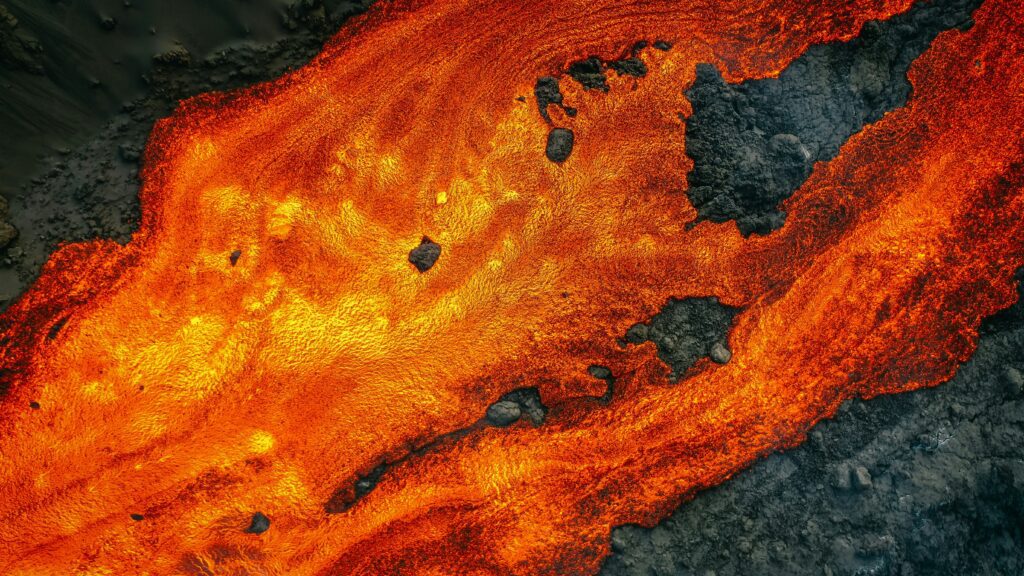
Refuge involves consciously directing our attention to various aspects of our experience, such as the body, the breath, or loving-kindness. This helps us regulate our experience so we can engage with difficulties without becoming overwhelmed. Examples of immediate refuge include taking a deep breath, expanding our awareness to ease tension, or cultivating self-compassion. Refuge also includes periods of sensory and mental withdrawal, such as daily meditation practice or extended retreats, where we rest from stimulation. Even amidst chaos, taking the time to remember the purpose we serve can be deeply beneficial. The traditional practice of taking refuge in the Buddha, Dharma, and Sangha also holds great power, and I find that beginning my meditation with this simple act has a profound effect.
Cultivation
Cultivation builds upon the foundation of refuge. It emphasizes shifting from habitual reactivity to skillful response, and directs our attention to subtler layers of experience. Cultivation can also have a broader time perspective — while I may not be able to stop immediate horrors, I can cultivate qualities that counter the greed, hatred, and delusion at their root, and that support my continued action and commitment to ending suffering. Turning to the breath, body, or self-compassion can serve as both refuge and cultivation of skillful qualities. Naming and developing grounding, ethics, compassion, metta, wisdom, patience, and other wholesome qualities gives us perspective, faith in what we can do, and greater resources for action.
This is nurturing the heart-mind, creating the conditions for what is wholesome to grow. It’s where we can have a profound impact, by recognizing that our heart-mind is part of the interconnected web of life and that caring for it affects the world around us. What happens within us shapes our perception and actions. Staying attuned to our inner experience allows us to respond in ways that do not perpetuate more suffering and are aligned with our deepest aspirations. An example was shared with me recently by a Palestinian friend: “Sometimes, I want to disappear into a cave and live simply. To be free of the news and of all the terrible things that are happening. Then I remember that that is not what I am here to do. That I am here to help and support others. And that becomes my refuge and my strength.”
Action
Refuge and cultivation are already forms of action, as they are intentional responses channelling our energy and vitality in service of what we wish to see and embody. Other examples of action are educating ourselves, protest, donation, writing, or caring for our immediate environment. The inner process of how we act is as important as the outer actions themselves. This sensitive attunement is part of what makes our actions dharma practice.
The foundation of all our practice, especially our engaged practice, is equanimity. I’ve heard friends on the path express frustration, saying “Don’t talk about equanimity in the face of all this.” However, let’s remember the breadth and depth of equanimity and its many aspects. Equanimity in the context of the Brahma Viharas is not disconnected from the world. It is the ground that allows us to feel without being overwhelmed, and to act creatively and wisely. Let me illustrate this with an example. A few months ago, I saw a video shared by Israeli protest groups. In it, a teenager was clearly visible, his arms raised and loosely crossed at the wrists, his movements slow and deliberate. Present, his whole being a reminder of what he was protesting for, he walked as police aggressively arrested another protester nearby. This image of my nephew is often with me. It reminds me of everything he has learned in the last 15 months. He has learned that it is important to stand up for his values. He has endured police violence and arrest. And he knows this: if there are arrests near you, raise your arms and cross them at the wrists. Relax your body and move slowly, meditatively. Attune to your intention of steadfast non-violent resistance and let your body and your heart-mind embody it.
This image represents a steadfast, non-violent resistance that embodies equanimity. It is characterized by a strong presence, steadiness, care, sensitivity, courage, and clarity. The manner in which the action is carried out is just as powerful as the action itself.
The inner process of how we act is as important as the outer actions themselves. This sensitive attunement is part of what makes our actions dharma practice.
Action supports resilience. It creates connection and gives meaning to our existence. Rather than succumbing to despair, we remember that there is always something we can do, even if it feels small in the face of the challenges we face. Change is brought about through countless acts, both large and small. Acting in alignment with our aspirations is a source of wellbeing. When we open beyond rigid and narrow views of both the “right” actions and the “right” outcomes, we can focus on doing the next right thing possible given the circumstances of our lives. These actions contribute to what Joanna Macy calls “the great ball of merit” — the collection of wholesome actions that empower change, now and throughout history.
I hope these reflections will support you on your journey. Make them your own through contemplation of refuge, cultivation, and action. Remember that we don’t need to have all the answers or be perfect — the teachings and life itself invite us to continually explore and offer ourselves in service of liberating all beings from suffering.
May the teachings of the Dharma guide and sustain us throughout the journey of life. May our path be as expansive as the world, and our compassion even more boundless. And may we face the joys and sorrows of this existence in ways that liberate and free all beings from suffering and its underlying causes.
If you’d like to listen to more reflections on the dynamic of refuge, cultivation and action this is a talk from 2016 called Practicing Dharma in Challenging Times.
This was originally shared as a Teacher Reflection on Gaia House. It is reprinted here with permission.

